What and how to feed phlox?
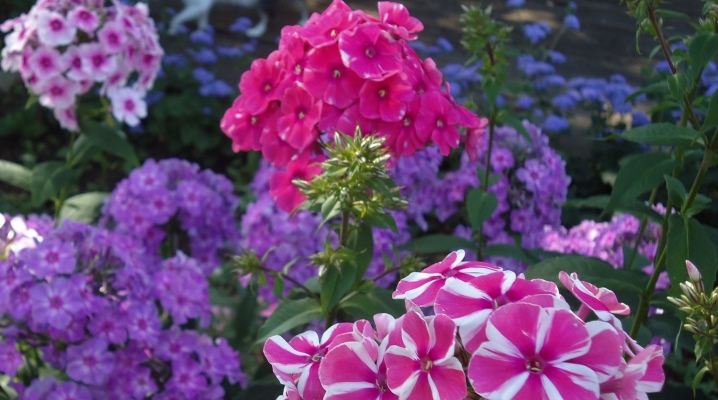
Phloxes are a decoration of many gardens today. These perennial and annual plants do not need special care, are able to take root on almost any type of soil, and also have lush inflorescences of bright colors. In this material you will learn how and how to feed phloxes in the garden.
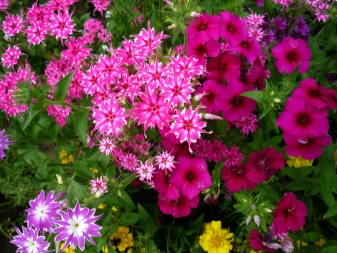
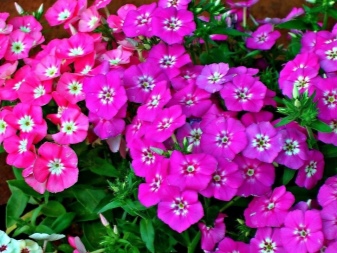
Why feed?
All experienced gardeners know that constant care is not enough to grow a healthy and beautiful flower - it is necessary to regularly apply organic and mineral fertilizers to the soil. Almost all horticultural crops cannot do without nitrogen, potassium or phosphorus fertilizing during the period of active growth and swelling of the buds, as well as during the flowering period.
Thanks to top dressing, the general condition of the plant improves, its immunity is enhanced and resistance to viral and fungal diseases is formed.
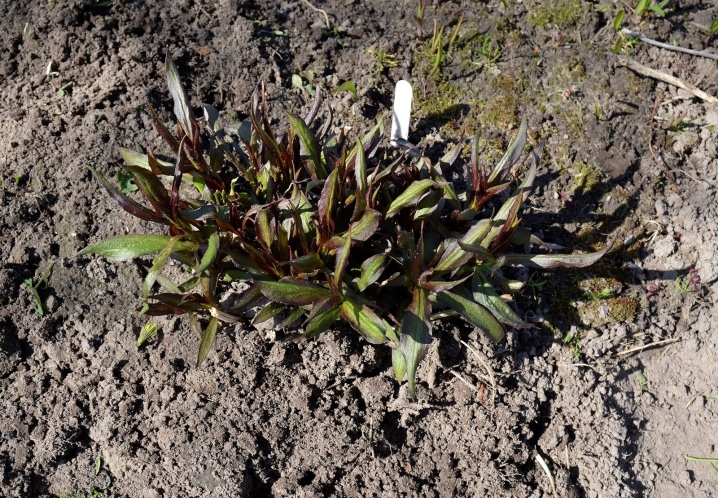
In addition, fertilizers are simply necessary for phlox during wintering - without feeding and without high-quality shelter, these plants will not survive even the warmest winter and then grow poorly in spring.
The growth rate of the plant and its root system depends on the amount of fertilizers in the soil, as well as on the balance of the soil composition., the pomp and saturation of the inflorescences, as well as the duration of the flowering period itself. For abundant and lush flowering, mineral fertilizers - nitrogen-containing substances and potash fertilizers - are added to the flowering phlox in the soil.
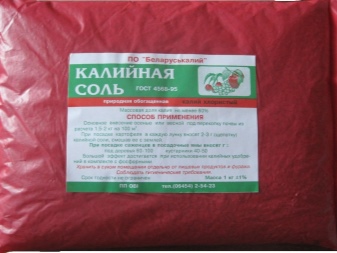

Balanced mixtures and fertilizers allow you to completely change the composition of the soil in a certain area, which makes it possible to plant phlox even in garden areas with a high level of acidity. Besides, after long-term growth of garden plants in one place, the soil is gradually depleted... All nutrients are absorbed over time by horticultural crops and ordinary meadow plants, or they can simply be washed out with rain. Top dressing allows you to replenish the lost components, make the soil lighter and more loose.
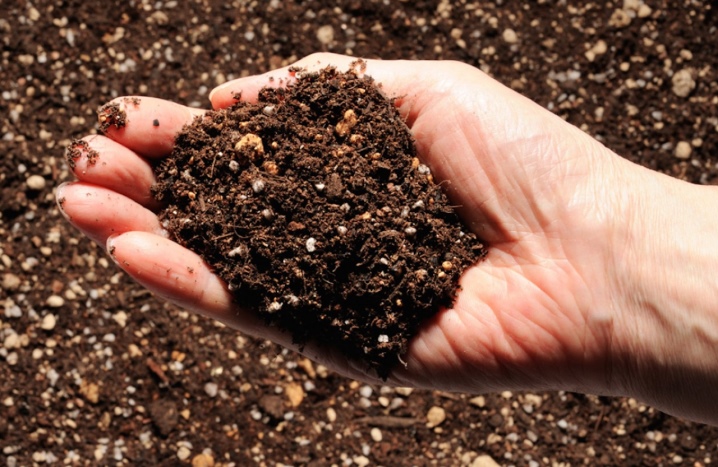
Fundamental rules
There are a number of points that you should pay close attention to during the phlox feeding procedure. Try to follow the guidelines below to grow healthy, strong and beautiful phlox bushes.


Fertilizer quantity
When growing phlox, many gardeners adhere to the principle that the more fertilizer you put in the soil, the better. In the case of this horticultural crop, the situation is completely opposite - it is better to add a lower dose of fertilizer than spoil the roots and leaves of the plant.
An excess of any nutrient in the soil can lead to a number of unpleasant consequences:
- slowing down or completely stopping the development of flowers;
- weakening of immunity and a decrease in protection against viral and fungal diseases;
- wilting and death of the plant.
When buying a particular fertilizer, always pay attention to the recommended dosage for its application to the soil.
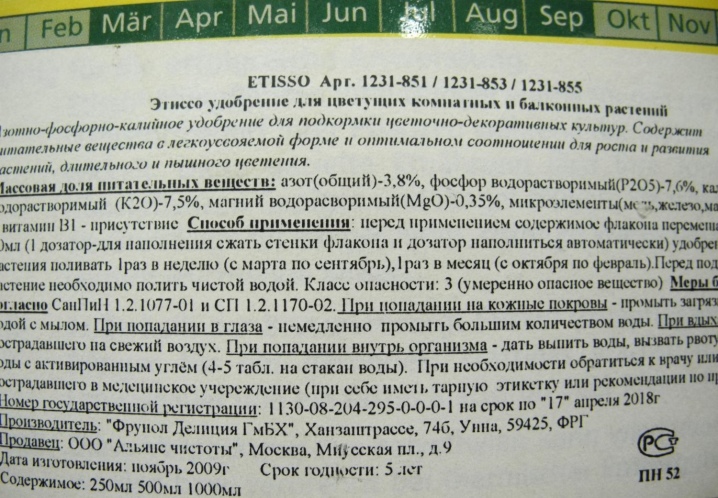
In addition, when using a certain amount of a substance, it is necessary to take into account the age of the plant, as well as the ratio of a certain type of phlox to the amount of fertilizer applied.
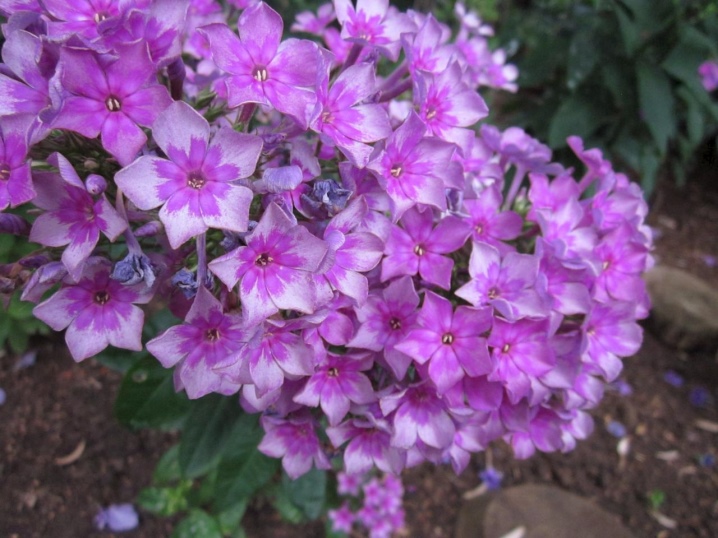
Soil preparation
When phlox is cultivated, the soil begins to be fertilized a few weeks before planting the plant itself. If planting is planned in the fall or next spring, then compost and humus should be added to the soil where phloxes will subsequently grow. When the soil at the planting site is too acidic, lime mixtures are added to it. If the soil is too heavy or dense, it should be thinned with a little sand.
The day before planting phlox soil, a mixture of fertilizers from superphosphate (50 g), bone meal (0.1 kg) and ash (1 glass) is added to it. The mixture is mixed and added in an amount of no more than 1 tbsp. spoons per hole.
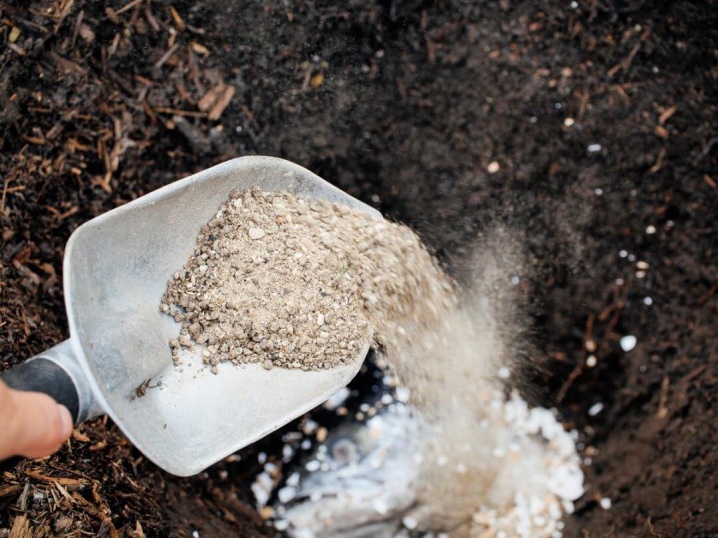
Feeding time
In the case of phlox, it is not the quantity or composition of the dressings that is very important, but their timeliness. The main periods during which phlox fertilization will be most effective.
- May 15-20. To strengthen the roots and stimulate the swelling of the buds, the plant is fertilized with bird droppings, urea or mullein infusion.
- Early to mid-June. During this period, it is best to add bird droppings, rotted or liquid manure or ammonium nitrate to the soil.
- July. The best time to fertilize phlox is with mixtures that contain nitrogen and potassium.
- Top dressing in August is necessary to prepare phloxes for frost and cold season. Potash and phosphorus fertilizers must be introduced into the soil to the plants.

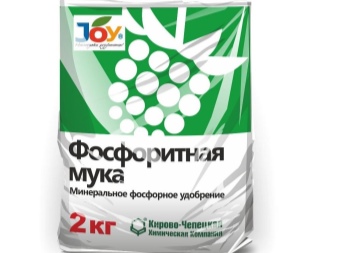
Some gardeners advise to carry out the first top dressing of the soil for phloxes in February, before the snow melts.
In order to fertilize 1 square meter of the area in the garden, you need to mix superphosphate (60 g), ammonium nitrate (20 g) and wood ash (1 glass). The mixture is thoroughly mixed and randomly scattered on the snow in the place where the flowers grow. With the onset of spring, the mixture will have to be absorbed into the ground along with the thawed snow.
When if there is no snow on the site, the top layer of soil should be dug into the depth of 10 cm and mixed with top dressing by loosening.
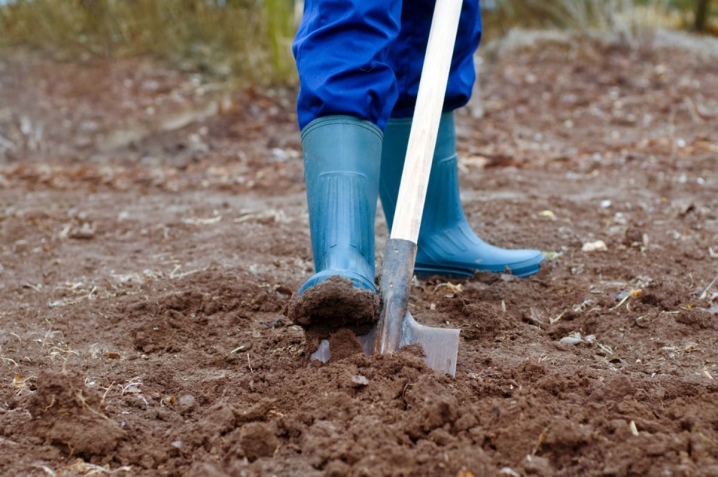
Place of introduction
If we are talking about the cultivation of ornamental garden phlox, then feeding for such plants must be applied in strictly defined places. As for organic fertilizers, they are usually not applied directly to the roots of the plant, but are distributed in the near-stem circle or laid out in adjacent beds - this reduces the risk of root burns. If we are talking about mineral fertilizers, then they should be applied under the bush itself or used as part of liquids for spraying this garden crop.
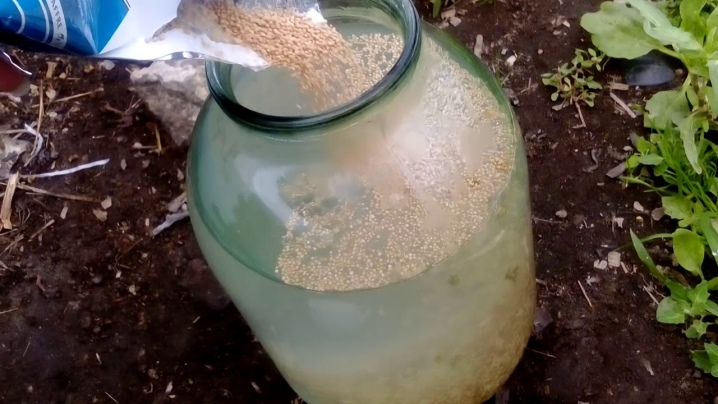
Mulching
A layer of mulch is created not only to retain moisture in the plant's near-stem circle, but also covers the roots in winter, and also supplies the soil with organic fertilizers. The following elements can act as mulch: mowed grass, compost, peat, phosphate rock, rotted manure, needles, straw, compost and humus.
Usually, mulching is carried out in spring and autumn, together with the procedure for digging the ground near phlox bushes... The mulch layer depends on the age of the plant as well as the climatic conditions in your area. So, for phlox growing in areas with a temperate climate and cold winters (up to -20 degrees), you need to organize a layer of mulch up to 7 cm thick.
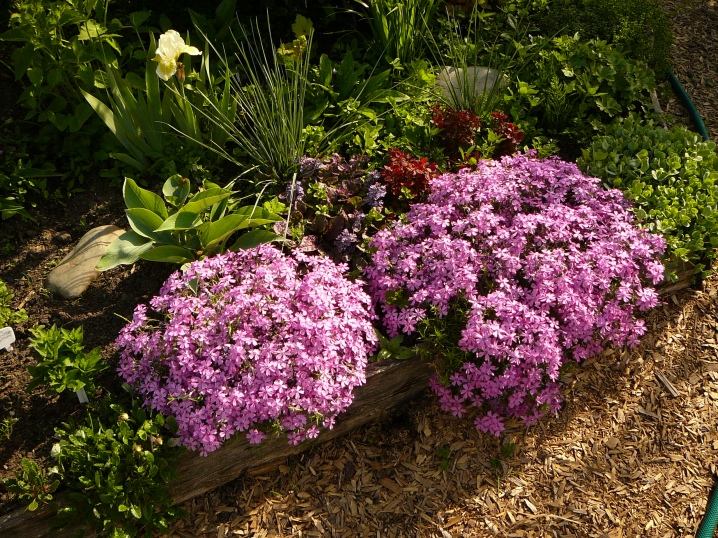
Types of fertilizers and their use
Despite the fact that phlox can be fertilized with almost all types of mineral and organic fertilizers, these flowers react differently to individual feeding options.
Mineral
Various mineral fertilizers are applied to the soil for phloxes, depending on the period of their development. So, in the spring and before the period of active growth, nitrogen-based preparations are used, for good flowering of phloxes, potassium and phosphorus are fed in summer, and in the fall, to strengthen immunity before winter, they switch to complex fertilizers.
Boron, necessary for the formation of the root system of seedlings, can act as mineral fertilizers., urea, which in low concentration very effectively drives away pests from plants, as well as superphosphates - to accelerate the onset of flowering and stimulate crop development.
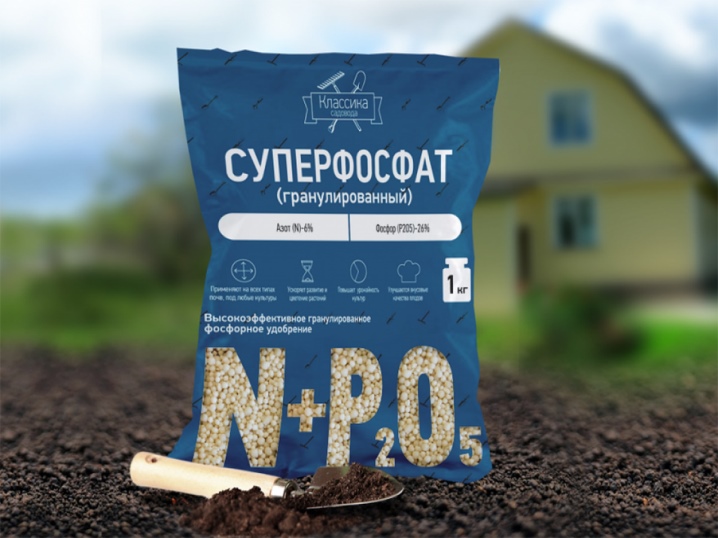
Organic
Experts advise choosing organic matter as fertilizer for perennial phlox varieties.The advantage of such fertilizers is that they can be applied to the soil at any stage: before the flowering period, during flowering in summer and even after the inflorescences dry up. Wherein natural baits, if properly applied to the soil, if they do not help the plant, then obviously they will not harm it.
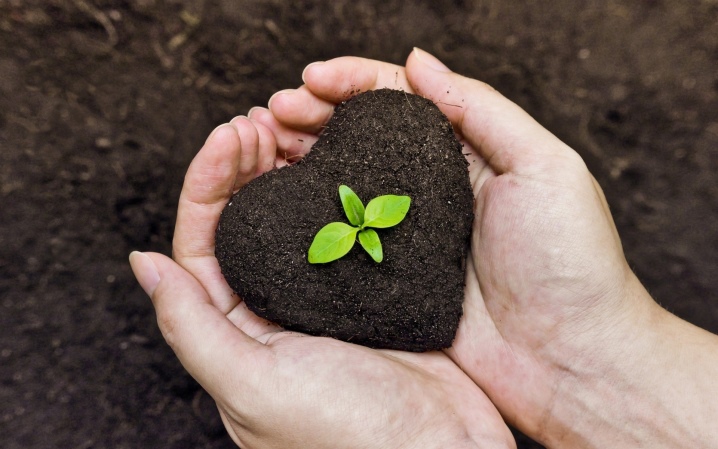
Peat
As a rule, this element is used to create a mulch layer, however, due to its fibrous structure, it can also be introduced into the soil to improve the air and water permeability of the soil.
Most often, peat fertilizers are used during the autumn feeding of phlox - it allows plants to painlessly endure the winter and keep the root system from freezing.
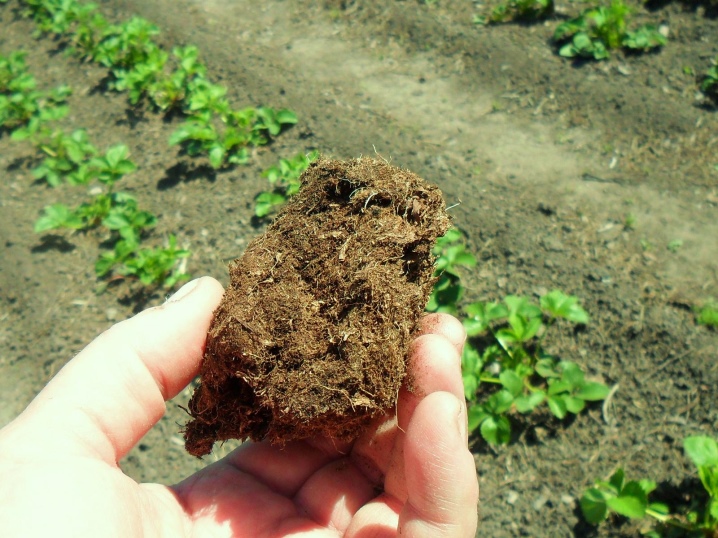
Wood ash
This organic fertilizer is usually used as an alternative to mineral potash fertilizers and superphosphates. Gardeners recommend using wood ash from deciduous trees, pine needles or blue grapes. Ash from cereals or potatoes is also a good option. Usually, ash is introduced before the flowering period of phlox, as well as in the summer during the formation of inflorescences. A solution is prepared from 300 g of ash and 1 liter of water. Before watering, it should be kept in a dark place for 3 days, stirring regularly to avoid sediment formation. If dry ash is introduced into the soil, before that the plants must be watered abundantly, and the ash itself must be sieved.
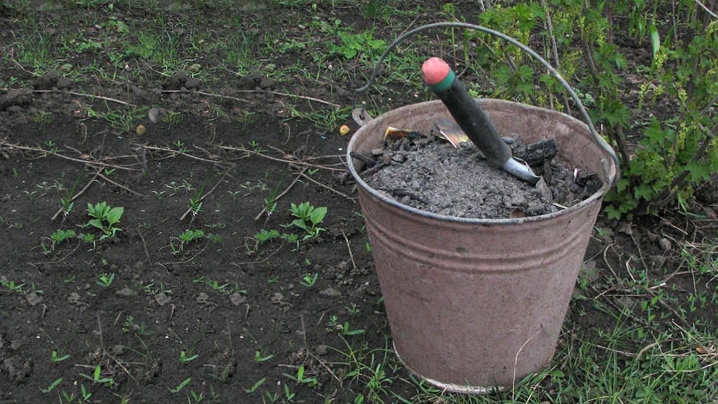
Organic waste (droppings, mullein and dung)
None of these elements are applied directly to the phlox soil. For feeding, special infusions are created, which are additionally defended before watering the plants. Litter is diluted with water in a ratio of 1 to 20. To create an infusion from manure, you need to fill a bucket with it by one third, then add 10 liters of ordinary water. After that, the mixture is settled in a darkened place for a day, and then it is again diluted with 3 buckets of water before watering itself.
Fertilization with these substances can be carried out before the flowering period and during the formation of inflorescences.
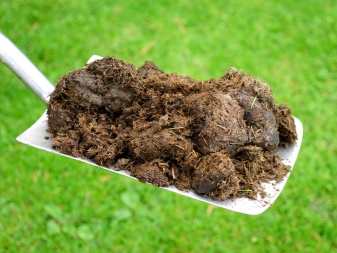
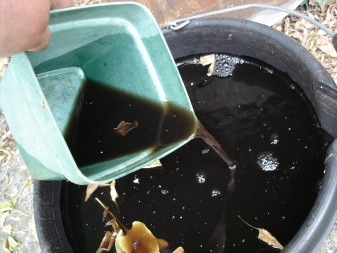
Recommendations
- It is most reasonable to fertilize the soil near phloxes in the evening - this will exclude the possibility of moisture evaporation, the formation of burns, and the first nutrient components can get into the soil to the plant in the morning - after the dew has melted.
- Keep in mind that fertilizing with liquid fertilizers should always be carried out on moistened soil - only in this case they can be absorbed into the soil and reach the roots of phlox. In addition, without moisture, some fertilizers can cause burns on the roots of phlox. A good time would be the morning after an overnight rain.
- Gardeners usually do not keep phlox bushes in one place for more than 7 years. After this period, the plant has a sharp decrease in the number of inflorescences, a decrease in the growth rate and a weakening of immunity. That is why after 5-6 years it is better to transplant them or thoroughly fertilize / change the soil in their near-stem circle.
- When spraying phlox bushes, you need to use preparations with a low concentration of active substances. From a large amount of nitrogen or potassium in them, burns in the form of yellow and dark spots can appear on phlox leaves. It is best to spray already adult bushes of phlox - at least 3 years old.
- It will be most effective to use not a strictly defined element to create a layer of mulch, but a mixture of several components. Their role can be compost, rotted manure and phosphate rock. This will not only save the plant from weeds and retain moisture, but will gradually fill the soil with nutrients.
- Despite the fact that all varieties of phlox perfectly absorb almost all types of fertilizers, some varieties may differ in individual requirements for the composition of dressings. When buying phlox seeds, find out exactly which variety they belong to and what is their preferred fertilizer.
- The easiest fertilizer to make is compost - it is usually added to the soil along with water during irrigation.The standard compost mix consists of meadow grass, vegetable food waste, and sawdust.
- In no case should phlox be fertilized in the autumn with fertilizers containing nitrogen - this will lead to the growth of young shoots, which will die with the first frost.
For information on which feeding is suitable for phlox, see below.







































































































The comment was sent successfully.